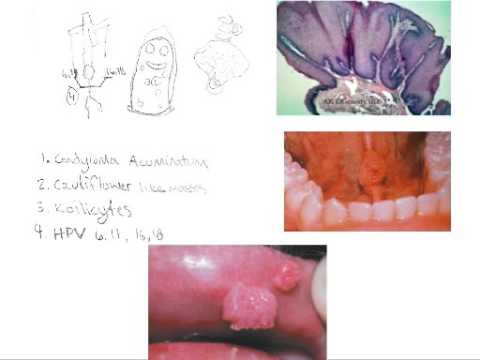
If you are experiencing the signs of condyloma acuminatum, you may be wondering what the best course of treatment is. The symptoms of condyloma are generally not life-threatening, but they can be unpleasant and uncomfortable. While the condition is caused by the human papilloma virus, there are no proven cures. However, there are several treatments available for patients.
Male condyloma symptoms are generally asymptomatic, though they may be accompanied by pain or bleeding. The signs and symptoms of condyloma often appear in the coronary sulcus, glans, or frenulum. Generally, it occurs in moist areas such as the vagina, cervix, and oral cavity.
Although condyloma acuminatum is often asymptomatic, some women experience genital warts. These soft, moist growths are similar to cauliflower. They appear on the penis, anus, and scrotum. If you experience a wart, your doctor will likely prescribe anti-histamines and antibiotics. Some women may experience bleeding, but it is rare.
Although condyloma acuminatum usually remains asymptomatic, it is sometimes accompanied by pain, bleeding, and pruritus. It is often found during a routine female gynecological exam. While it is most common in the vagina, it can also occur in the mouth. This condition is often the result of fomites.
The most common condyloma acuminatata symptoms are typically asymptomatic. They may be accompanied by urticaria or bleeding. Some patients may even have a fever and facial pain. Often, male condyloma can be painful. Nevertheless, it is not life-threatening and can be treated successfully. In most cases, condyloma can be removed with anti-viral medications.
Usually the disease is asymptomatic, but sometimes it can cause bleeding, pain, or itching. In most cases, it is asymptomatic. It may also be associated with psychological or sexual distress. It is most often diagnosed during routine female gynecological examinations. As a rule, the infection occurs in the anogenital region. In some cases, it can also develop in the mouth.
As a rule, genital warts are asymptomatic. Sometimes they can develop in the anogenital area, such as on the penis. In some cases, it can be found on the tongue or in the throat. Because of this, it can be difficult to diagnose in the early stages. Fortunately, various treatment options are available. On the site IGS you can find the latest information and medical news, as well as get acquainted with the treatment options for genital warts.
A woman’s condyloma can also affect her anal area. Because of its appearance, this disease can affect both women and men. Because it can spread to the genital area, it can affect both men and women. In order to successfully manage condyloma, the patient and healthcare team must work together. Communication is essential, since it is the best way to improve the quality of care.
The most common symptoms of male condyloma are fleshy papules in the anogenital area. These warts can be very ugly and can make a woman’s life difficult. It is important to understand the symptoms of condyloma and seek treatment if it has spread to the anogenital area. Most women will experience the warts in the vagina, where they can easily be hidden by a cloth.
The most common symptoms of condyloma acuminatum are pain and swelling in the anal area. They are often accompanied by other symptoms such as bleeding and soreness. The onset of the symptoms can be gradual or severe. Some individuals may experience a single outbreak. In severe cases, they may suffer multiple lesions. In some cases, the condition can be life-threatening. In some cases, they can spread to others.
In some cases, the condyloma virus can cause condylomata, which is a benign proliferative lesion. HPV 6 and HPV 11 are the most common strains of HPV, but there are other strains. The condyloma virus can affect any part of the body. It can cause serious damage, so it is essential to seek treatment immediately.
The symptoms of condyloma acuminatum are similar to those of other forms of seborrhea. The most common symptom is a sore that is very hard to treat. Other symptoms of condyloma include the emergence of a white, scaly lesions in the legs. The lesions are often asymptomatic, but they can cause pain, and the most common treatment is removal of the infected area.